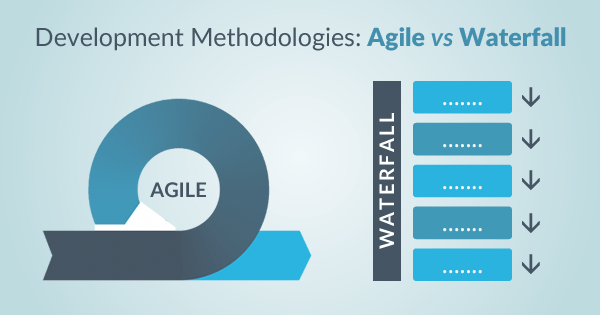Agile vs Waterfall
I shared a general article about agile. In this article, I would like to compare Agile approaches with the classical waterfall project management methodology. In other words, I wanted to write an Agile vs Waterfall article, in the classic phrase.
If we want to list the advantages or advantages of Agile approaches:
Continuous Feedback: When software teams put each part to the test, the process is tested and feedback comes. Faulty additional features are not added on the faulty foundation, the fault is resolved in the first stage. In addition, users will not break away from the project as they are constantly testing small parts, without waiting for months of development as in the waterfall method. There is also a constant active communication between the developers and testers.
Flexibility: As stated in the first article, since the entire development phase of the project is not completed during the testing process, possible change requests are managed more flexibly. This is perhaps the greatest benefit of this approach.
Transparency: Since all developed products are tested more frequently, every stage of the project is followed more closely by all stakeholders.
While there are so many positive aspects of the Agile approach, it is necessary to examine the negative aspects as well.
Continuous Stakeholder Engagement Challenge: In the waterfall method, user testing plans are clear. In Agile approaches, since all the developed parts are tested, it causes users to test and feedback continuously, which can create big problems for users with time constraints. It requires quite high participation for stakeholders.
Completion Challenge: Constant change requests make it difficult to predict a project’s end date. The estimated work of 100 Units can reach up to 200 units with the convenience of flexibility. This makes the deadline process quite difficult.
Budgeting Difficulty: Again, due to the situation mentioned above, it becomes difficult to predict how much resources will be used. Since the first controlled parameters at the end of the project are the budget realization rates, budget estimation and budget management require knowledge and experience in agile approaches.
A general judgment is that waterfall is more suitable for large projects, and agile if you have many small projects.
I think this judgment will change as the application of agile approaches in large projects increases.
I would like to share an article on the subject with you as an additional reading.



